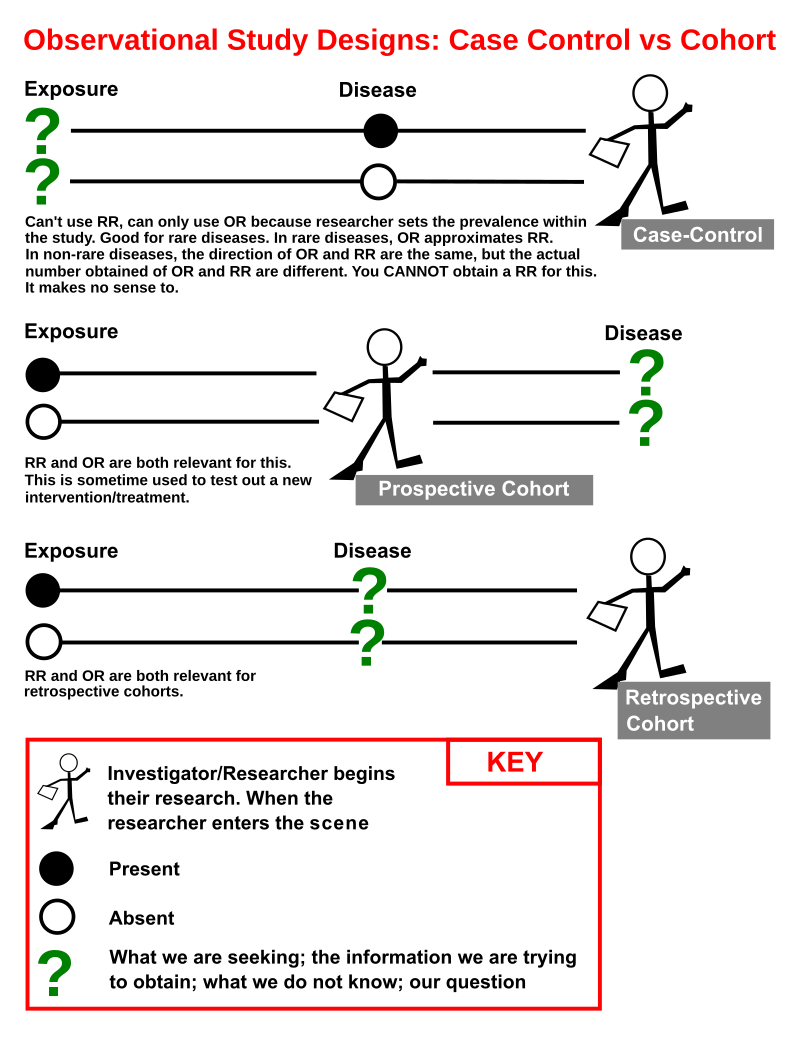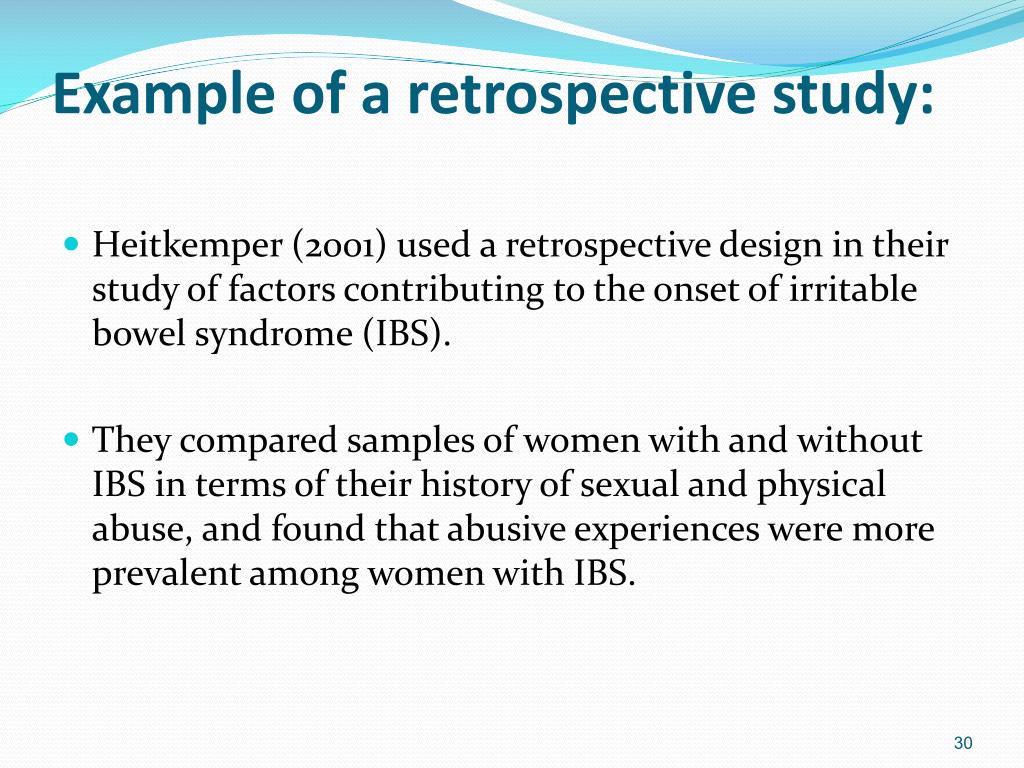


They are conducted on a smaller scale.Retrospective cohort studies exhibit the benefits of cohort studies and have distinct advantages relative to prospective ones: Retrospective cohort studies require particular caution because errors due to confounding and bias are more common than in prospective studies. The first objective is still to establish two groups - exposed versus non-exposed - which are then assessed retrospectively to establish the most likely temporal sequence of events leading to the current disease state in both the exposed and unexposed groups. However, both kinds of cohort studies share the same starting point (considering data from before the occurrence of the outcome). The prospective study looks forward, enrolling patients unaffected by the outcome and observing them to see whether the outcome has occurred. This is fundamentally the same methodology as for a prospective cohort study, except that the retrospective study is performed post-hoc, looking back. Data on the relevant events for each individual (the form and time of exposure to a factor, the latent period, and the time of any subsequent occurrence of the outcome) are collected from existing records and can immediately be analyzed to determine the relative risk of the cohort compared to the control group. The retrospective cohort study compares groups of individuals who are alike in many ways but differ by a certain characteristic (for example, female nurses who smoke and ones who do not smoke) in terms of a particular outcome (such as lung cancer).


 0 kommentar(er)
0 kommentar(er)
